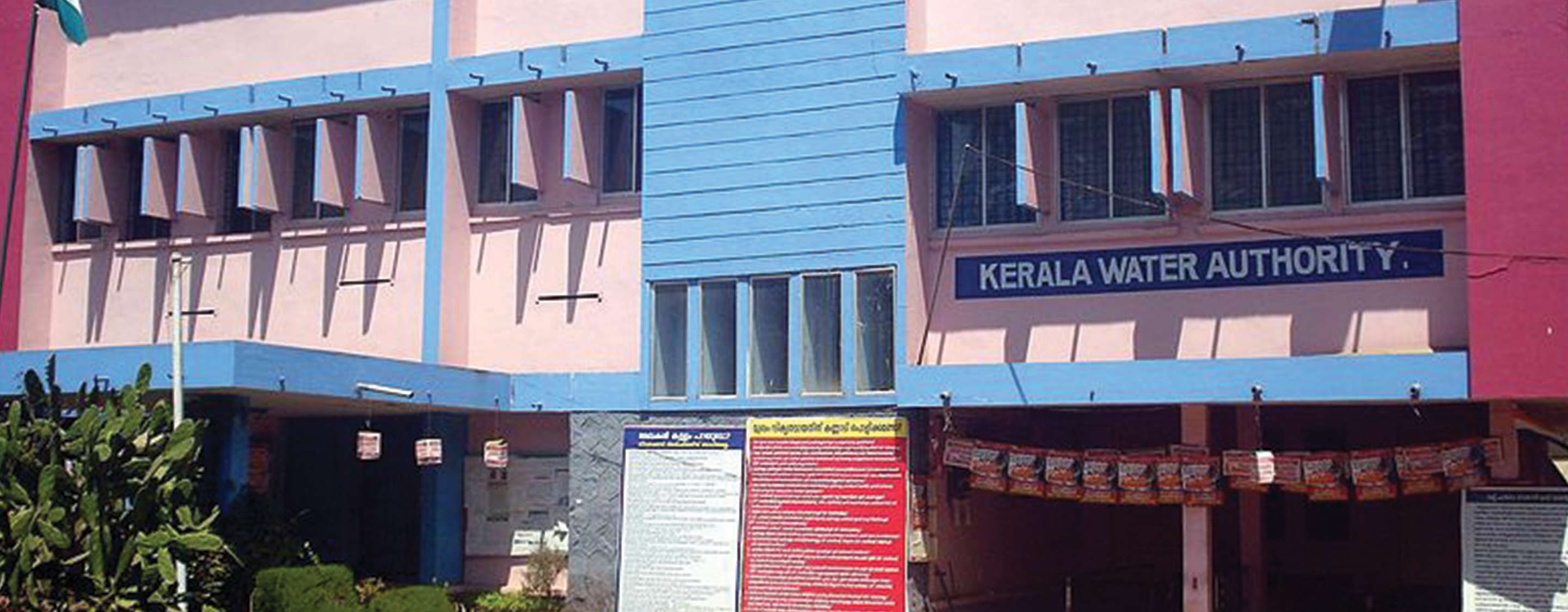The Ollavanna model shows that community ownership has the potential to implement micro-projects and schemes effectively.
The problem of water shortage has always existed in Kerala. Only 19 per cent of people in the state use the water supplied from the public distribution system. The reason being the inefficient management of water by Kerala Water Authority (KWA). The Authority supplies water through the piped water system, which is difficult to reach to the vast and dispersed population of the state.
The KWA resisted commercialisation of water and often distributed it for free; most of the times such distribution was uneven and did not improve access to water for the people.
In Olavanna Gram Panchayat, only 1,600 out of total 7,100 households use to get public water since the late 80s. There were 42 housing connections and 42 public taps in the village, but only 12 were functional.
What did Olavanna do to tackle its water crisis
In 1984, in Kambaliparamaba village of the Olavanna, there was a well which provided safe drinking water. A local resident took the initiative to use piped water system run with a diesel motor.
This idea gained a lot of attraction and his ten neighbours gathered for collective use of the resource. Currently, that resident is running a scheme which covers 10 households and the charges are ₹30 per month.
Initiatives by People of Olavanna
Following the example, the local people started setting up private societies and started various schemes for providing water to the people. Currently, there are about 60 water schemes out of which 27 are funded by the people and 33 are partly funded by gram panchayat.
READ MORE: From Poaching to Protecting: What an Idea!
The Gram Panchayat pulled out the bureaucratic hurdles for the execution of projects and gave all the powers in the hands of people.
One of the schemes implemented by people of Olavanna in 1989 was Parayankadukunnu which was partly supported by Gram Panchayat with an aid of only ₹6,000. The scheme covered 87 households and supplied water by pumping into the tank for 10 hours daily. Initially, only ₹2 was collected form each beneficiary household.
All the operations such as identifying the appropriate technology, contracting of goods and services, digging up wells having safe drinking water, identifying areas with sufficient potable water, construction of water tanks and other activities were taken up by the people.
Difference between KWA & community schemes
In KWA schemes, there is a guideline that only plumbers with licenses can lay the pipelines, while there are no such rules under the community ownership model in Olavanna. A lot of similar managerial and administrative costs are cut as people decide the best methods for maintaining continuous water supply with the least possible costs.
Success of Parayankadukunnu Scheme
The decentralization of the scheme created the feeling of ownership among the people which made Parayankadukunnu scheme a success. The scheme started supplying water for 24 hours. In 1997, 140 households got new connections at ₹4,500. Presently, the new connections are being provided at ₹8,000. The user charge under the scheme is only ₹30 per month for 450 litres of water per day.
To avoid the waste of water the scheme focuses on meter consumption by reducing public taps. More pumps and bore wells were also built with third phase revenue generation of the scheme. The monitoring of the scheme by the community ensured regular water supply, maintenance, and repairs without any delay.
A study conducted by Centre for Public Policy Research and Centre for Civil Society in Olavanna in Kozhikode district observed that all the schemes were taken up by the individual, communities and private societies were much more successful than the KWA schemes. The success of the water schemes led to the development of the area which gave rise to immigration and also increased the value of land.
The Ollavanna model shows that community ownership has the potential to implement micro-projects and schemes effectively. It leads to efficient allocation of resources. In Olavanna people didn’t commercialize water and instead, they proved that when people are left to do things by themselves, they make the best use of the opportunities and can solve their problems.

